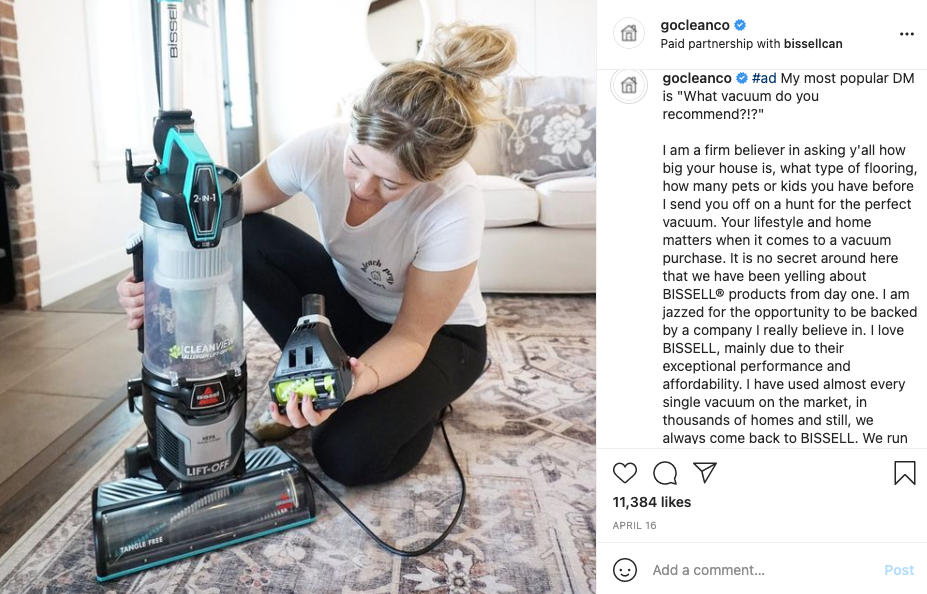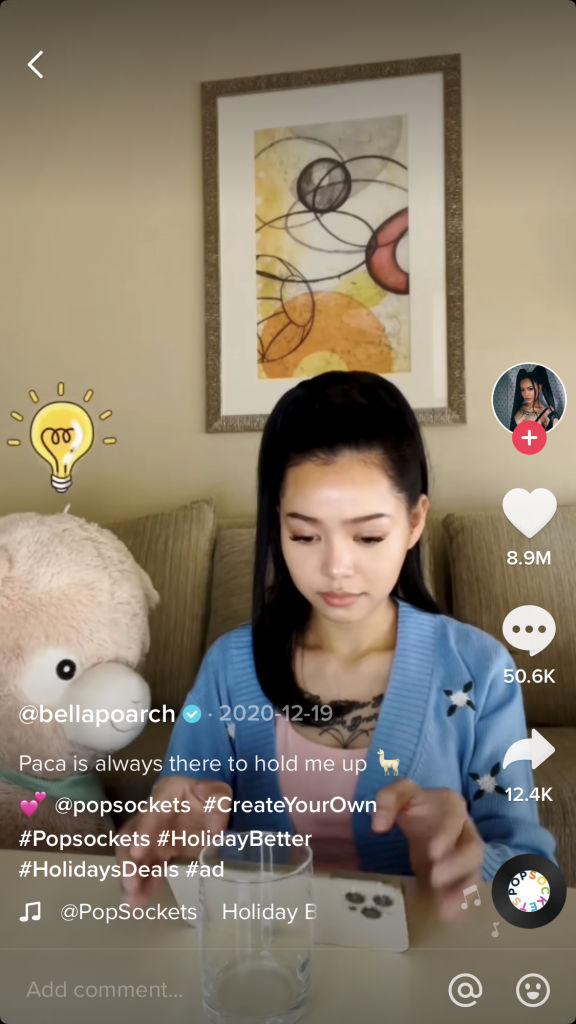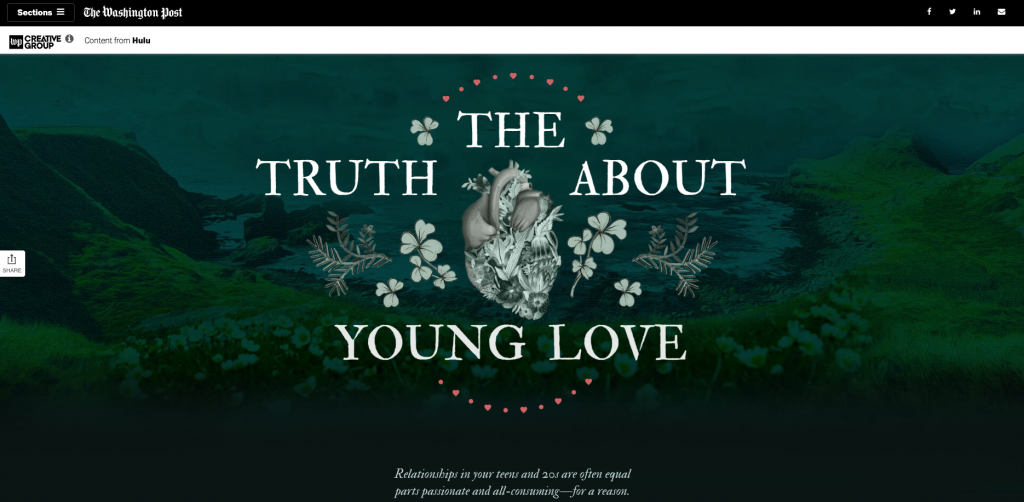Get the 411 on why sponsored content is a growing trend and how your company can get on board.
Here, you’ll find:
- How to define sponsored content
- How this content marketing type differs from native advertising
- The types of sponsored content
- Pro tips for leveraging this content
Anyone who spends a significant amount of time online or on social media (so, most of us) has likely seen sponsored content. Big-name publications like the New York Times, The Daily Beast, and the Washington Post even have dedicated teams that deal exclusively with this particular marketing type.
This is also the content type that influencers post when their Instagram photo or tweet includes an “#ad” hashtag. It’s one of the fastest-growing content trends online, and for good reason. These posts not only foster authenticity because they’re not coming directly from the brand itself, but they also seamlessly blend into more organic content types on your feed or the website you’re reading.
Let’s dig into what exactly sponsored content is and how to make it work for you.
What is sponsored content?
Sponsored content is a form of marketing media that is paid for by an advertiser and created by a third party, such as another brand, influencer, or publisher. Basically, when a brand wants to get a message out there through anything from an article to an Instagram post, sponsored content (also called sponcon or advertorials) is one way to do that.
The brand will likely want to approve the content before it goes live, though they leave it to the third party to do the actual creating. These partnerships allow brands to leverage experts in their field or notable people in their industry with a sizable following to help grow their reach.

A sponsored post for Bissell seen on Instagram
Types of sponsored content
With sponcon articles, publications sell article space to a brand, then hire a writer to create the actual content. Before it’s published, it’s approved by the brand and often features a disclaimer at the top that says something like “Content from HawkSEM” or “Presented by HawkSEM.” These pieces will also often be attributed to “Staff” as opposed to a person’s actual byline, though it depends on the publication.
Articles are a popular mode of sponcon, but they’re not the only type. Here are a few other options:
- Social media posts
- Videos
- Podcasts
- Blog posts
- Radio or TV spots
- Infographics
According to the Digital Marketing Institute, sponsored content in the form of videos “drives a stronger engagement race to articles, images, or links.” Just make sure you follow the proper ad specs for the platform your video will be featured on.
How sponsored content is different from native advertising
Sponsored content and native advertising have plenty in common. Both ad types are meant to blend in with the other content they’re featured around, such as a list of similar articles at the bottom of a news article. In fact, some consider sponcon as a type of native advertising.
The main difference is that native advertising is conceived and created by the brand itself. Sponcon, as mentioned, is created by an outside party. It’s not exactly an ad because these content types often don’t feature a hard sell. Rather, they aim to educate the audience and raise brand awareness by way of highlighting an interesting subject or topic.
Pro tip: Marketing Craft attributes the higher click-through rates for sponsored content “to the fact that audiences are more likely to trust content from sources that they trust.” They add that reports suggest 83% of consumers believe recommendations from people they know, and 66% believe editorial content.

A sponsored content video for Popsockets on TikTok
When to use sponsored content
There are a variety of instances when leveraging this content type can help you meet your marketing goals. These include:
- Increasing site traffic
- Growing your follower base
- Spreading the word about your company or a new offering
- Lead generation
- Prospect nurturing
If you know your audience spends a good amount of time on Instagram or tends to subscribe to nationally well-known publications, adding in a sponcon initiative could be the boost your program needs for higher ROI. Because people often find this type of content less “intrusive” than more traditional ads, the reception is often more positive.

A sponsored content article from Hulu on The Washington Posts’ website
Tips for using sponsored content
Sponsored content can do wonders for getting the word out about your company in a way that often comes off more authentically than a traditional ad. But before leaping into one of these partnerships, here are some things to keep in mind.
One of the most important factors of creating effective sponcon is to make sure you and the person created the content for you are on the same page. Be clear and specific about things like goals, scope, audience, and themes. Make sure the content creator understands the purpose of the content and why you chose this ad method.
Pro tip: If you create sponsored content, make sure it’s published with a clear disclaimer or indicator that the post is sponsored. Failing to do so could get you in hot water with the Federal Trade Commission, as they have guidelines and rules marketers must follow.
The takeaway
Sponsored content is trending upwards in popularity because of its authentic nature and the seamless way it appears to audiences. And because of the wide variety of sponcon types, brands looking to experiment with this tactic have plenty of options at their disposal.
This type of content also saves you time on the actual content creation process. By arming yourself with the proper info and expert tips, you can use sponsored content to reach and grow your audience, increase traffic, and more.
